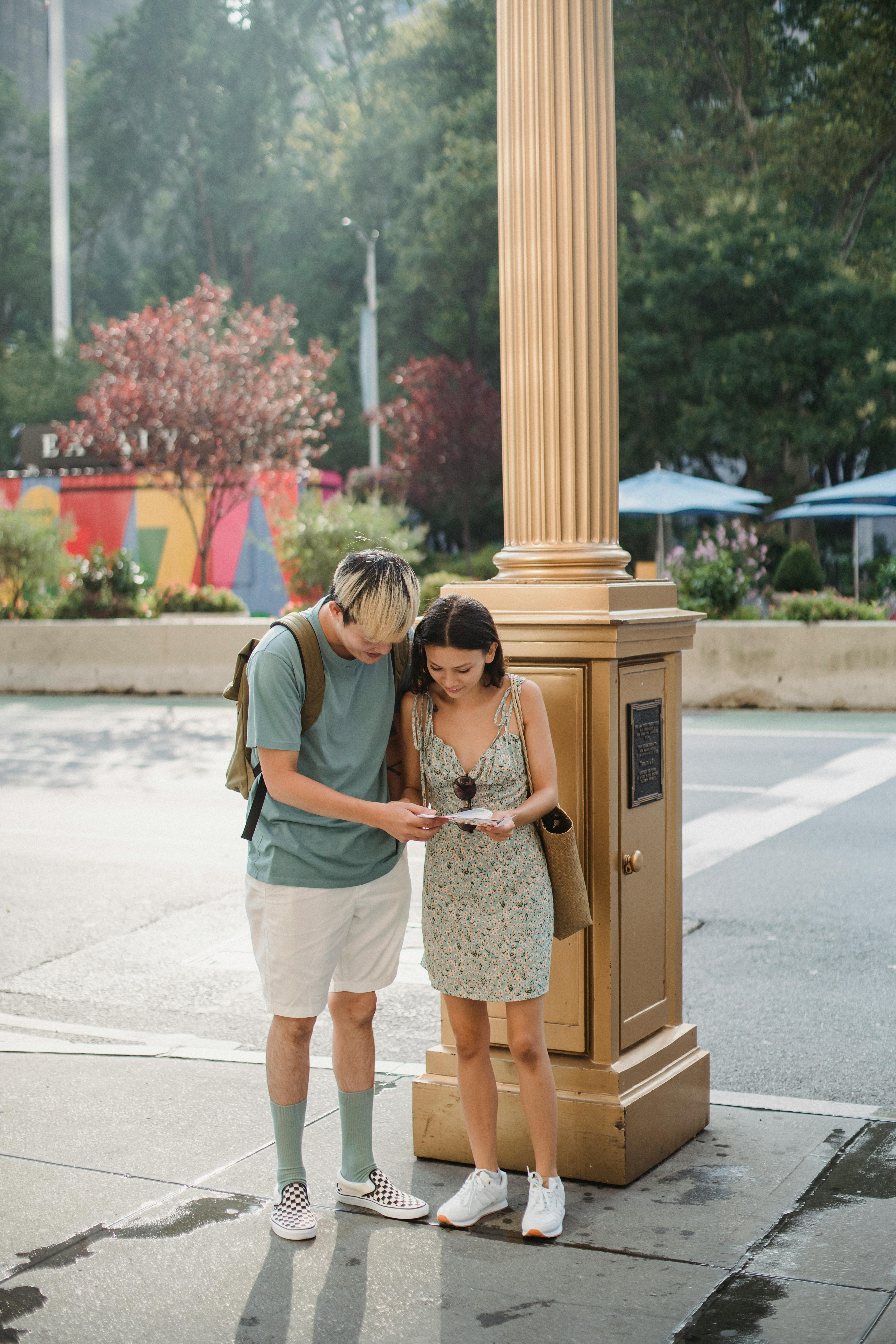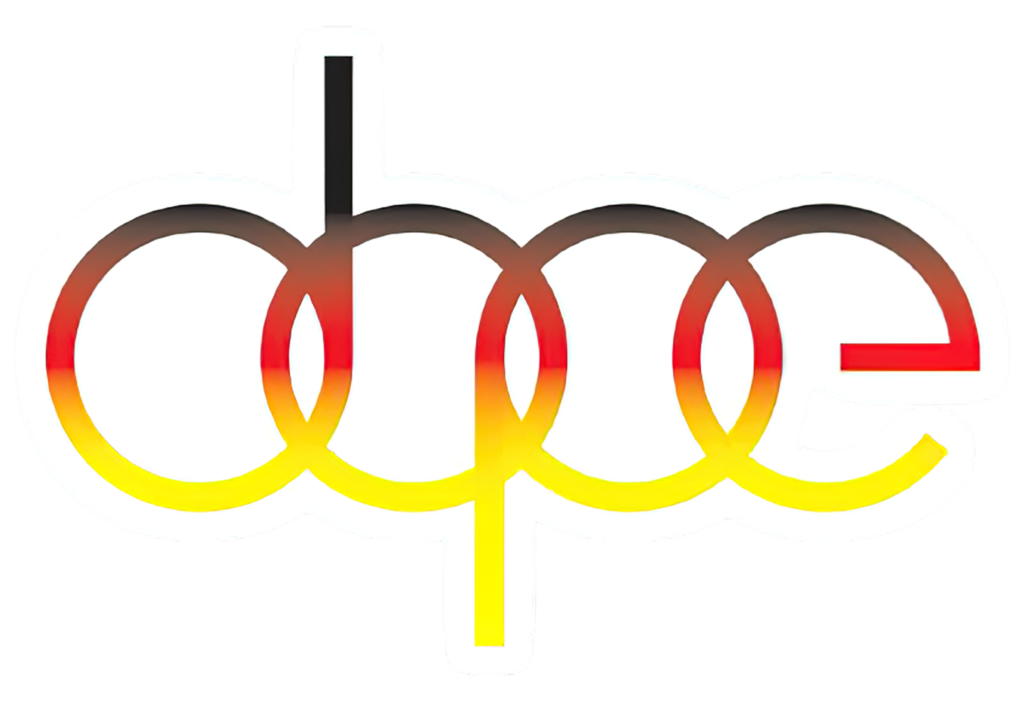Sport
The Worst Time to Visit New York Why You Should Avoid the City That Never Sleeps During These Times
New York City, the Big Apple, the city that never sleeps – a place known for its vibrant energy, diverse culture, and iconic landmarks. It’s no surprise that it’s on many people’s travel bucket list. However, as with any popular tourist destination, there are certain times of the year that are not ideal to visit. In this article, we will explore the worst time to visit New York and why you should avoid the city during these times.
1. Winter in New York: Cold Temperatures and Crowded Holiday Season

Cold Temperatures
Winter in New York is notoriously cold, with temperatures regularly dropping below freezing. From December to February, the average temperature hovers around 28°F (-2°C). This extreme cold can make it difficult to enjoy outdoor activities and sightseeing. Plus, the wind chill factor can make it feel even colder, making it uncomfortable and potentially dangerous for tourists who are not used to such harsh weather conditions.
Crowded Holiday Season
Another reason to avoid visiting New York during the winter months is the holiday season. From Thanksgiving to New Year’s, the city is bustling with tourists flocking to see the famous Christmas decorations and events, such as the Rockefeller Center Christmas tree lighting and the holiday markets. This leads to crowded streets, long lines at popular attractions, and higher prices for accommodation and flights. You may also have to deal with delayed or cancelled flights due to snowstorms, which can add unnecessary stress to your trip.
To make matters worse, the days are shorter in the winter, with the sun setting as early as 4:30 pm. This means less time for outdoor activities and sightseeing, and more time spent indoors trying to stay warm.
Table: Average Temperature and Daylight Hours in New York during Winter (December to February)
| Month | Average Temperature (°F) | Daylight Hours |
|---|---|---|
| December | 40.9 | 9 hours |
| January | 31.1 | 9 hours |
| February | 32.2 | 10 hours |
2. Summer in New York: High Temperatures and Humidity

High Temperatures
While winter in New York is known for its extreme cold, summer brings the opposite – high temperatures. From June to August, the average temperature can reach up to 85°F (29°C), with some days even reaching 90°F (32°C) or higher. This may sound appealing to those who live in colder climates, but the heat can be unbearable for tourists who are not used to it. It can make it difficult to walk around and enjoy outdoor activities, such as visiting Central Park or walking across the Brooklyn Bridge.
Humidity
To make matters worse, New York’s summers are also known for their high humidity levels. The combination of heat and humidity can make it feel like you’re walking through a sauna, making it uncomfortable and exhausting to explore the city. It can also lead to health issues, such as dehydration and heatstroke, especially for those who are not used to such weather conditions.
List: Tips for Dealing with High Temperatures and Humidity in New York
- Stay hydrated by drinking plenty of water.
- Take breaks in air-conditioned locations, such as museums or shops.
- Wear lightweight and breathable clothing.
- Avoid being outside during the hottest hours of the day (typically between 11 am and 4 pm).
- Use sunscreen to protect your skin from the sun.
- Seek shade whenever possible.
3. Spring and Fall: Unpredictable Weather and Crowds

Both spring and fall are popular seasons for tourists to visit New York. However, they also come with their own set of challenges.
Unpredictable Weather
During the spring and fall months, the weather in New York can be unpredictable. One day it may be sunny and warm, while the next could bring rain or even snow. This makes it difficult to plan outdoor activities, and you may end up spending more time indoors than you had hoped.
Crowds
Similar to winter and summer, spring and fall also bring crowds to New York. In the spring, tourists flock to see the cherry blossoms in Central Park, while in the fall, people come to see the beautiful autumn foliage. This can make it challenging to enjoy popular attractions without having to deal with long lines and crowds.
List: Popular Events and Festivals in New York during Spring and Fall
- Spring:
- Cherry Blossom Festival in Central Park
- Tribeca Film Festival
- Macy’s Flower Show
- Fall:
- New York Film Festival
- New York City Wine and Food Festival
- Halloween Parade in Greenwich Village
4. Avoid Major Holidays and Events

Aside from the already mentioned holiday season, there are other major holidays and events that you may want to avoid when planning your trip to New York.
Some of the busiest times of the year include:
- The week before and after Christmas
- New Year’s Eve
- Fourth of July
- Thanksgiving
- Labor Day Weekend
- Memorial Day Weekend
During these times, not only will the city be extremely crowded, but prices for accommodation and flights will also be at their peak.
Subheading: Can I Still Enjoy New York During These Times?
Of course, you can still enjoy New York during the times mentioned above, but it may require some extra planning and patience. Here are a few tips to help you make the most out of your trip during these busy times:
- Plan ahead and book your accommodation and flights well in advance.
- Arrive at popular attractions early to avoid long lines.
- Consider purchasing tickets for events or shows in advance.
- Avoid driving and take public transportation instead, as traffic can be even worse during these times.
Conclusion
While New York City is a must-visit destination for many, it’s important to consider the time of year before planning your trip. As we’ve explored in this article, there are certain times of the year that may not be ideal for tourists due to harsh weather conditions, crowds, and higher prices. However, with proper planning and flexibility, you can still enjoy all that New York has to offer, no matter when you choose to visit.

